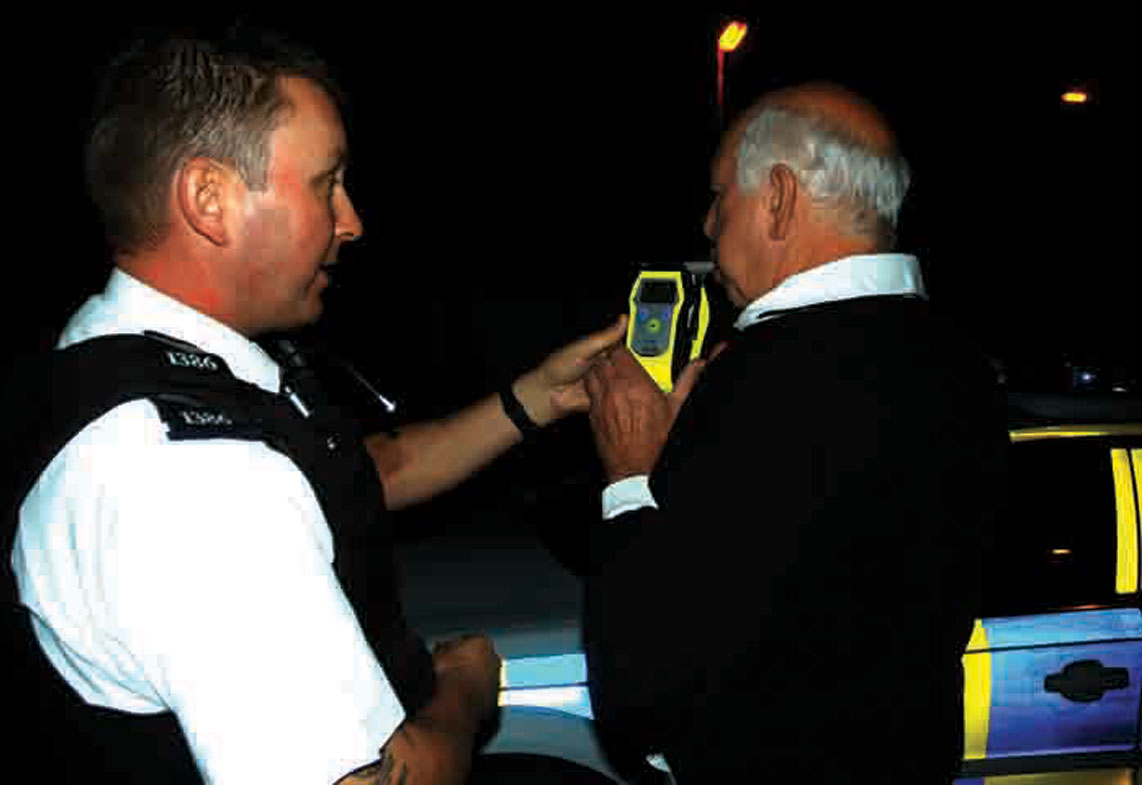Provisional figures from the Department for Transport suggest that 1,380 people were killed or seriously injured in collisions where at least one driver was over the limit – an increase of five per cent.
There has also been a three per cent increase in drink drive casualties of all severities, with an estimate of 8,480, so Road safety and breakdown organisation GEM Motoring Assist is urging motorists to steer clear of alcohol before journeys this summer.
Neil Worth, road safety officer at GEM Motoring Assist, said: “Let’s be clear. Alcohol impairs your judgement from the very first sip. It’s wrong to think you only become a risk when you reach the drink drive limit. We’re not trying to stop people enjoying themselves with a drink or two, but we are reminding drivers that the safe choice – the only safe choice – is to drink or to drive. If you need to drive, then avoid alcohol. If you want a drink, then avoid driving."
“Too many people lose their lives or suffer serious injuries because someone else chose to drive after drinking alcohol. If you suspect a colleague, friend or neighbour is drink driving, then please report your concerns to the police, or contact Crimestoppers (0800 555 111) which can be done anonymously.
Police carried out over half a million (520,219) roadside breath tests in 2015, with more than 60,000 drivers (one in eight of those tested) failing or refusing to take the test.
“GEM believes the most effective way to bring about a reduction in drink drive casualties is by encouraging regular drink drivers to change their behaviour and make better choices. But they also need to believe there is a real risk of being caught, and that’s why we want to see an increase in police numbers to enforce the drink drive laws and a reduction in the drink-drive limit by any future Government, to bring England and Wales in line with Scotland” said Worth.
10 May marked the 50th anniversary of the introduction of an alcohol limit for drivers. The Road Traffic Act of 1962 made it an offence to drive if your "ability to drive properly was for the time being impaired" – but no legal drink drive limit was set until 1967. Prior to that, drink driving prosecutions had relied on subjective tests such as whether you could walk down a white line painted on the floor without wobbling or touch your nose with your eyes shut, along with other observations made by police and witness statements. Following the passing of the Road Safety Act on 10 May 1967, the new drink driving law came into force on 8 October that year.

